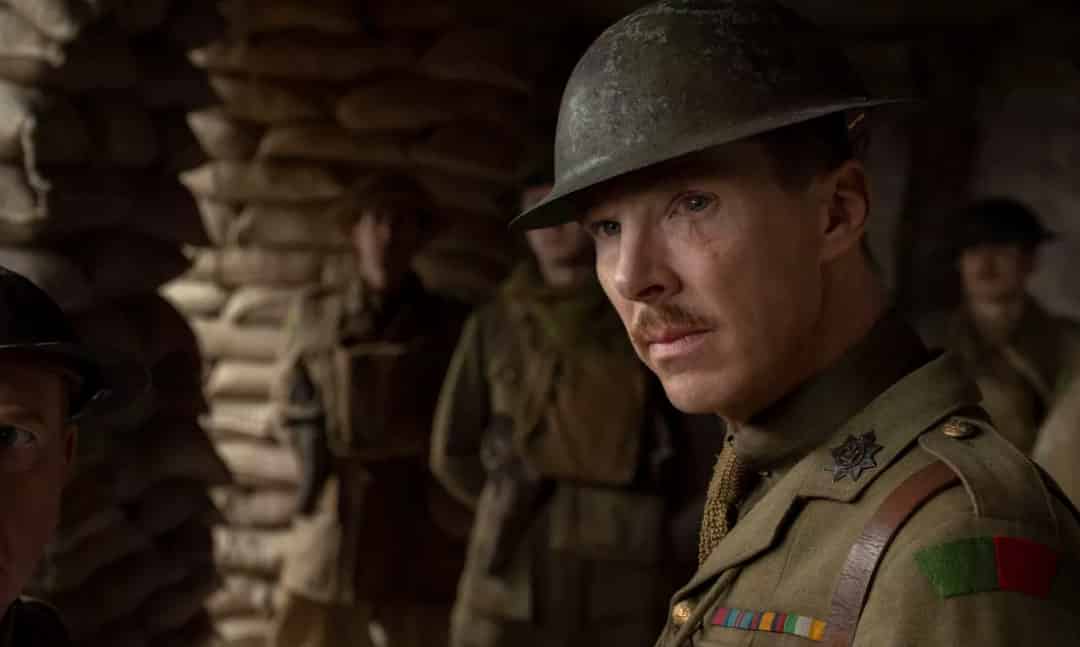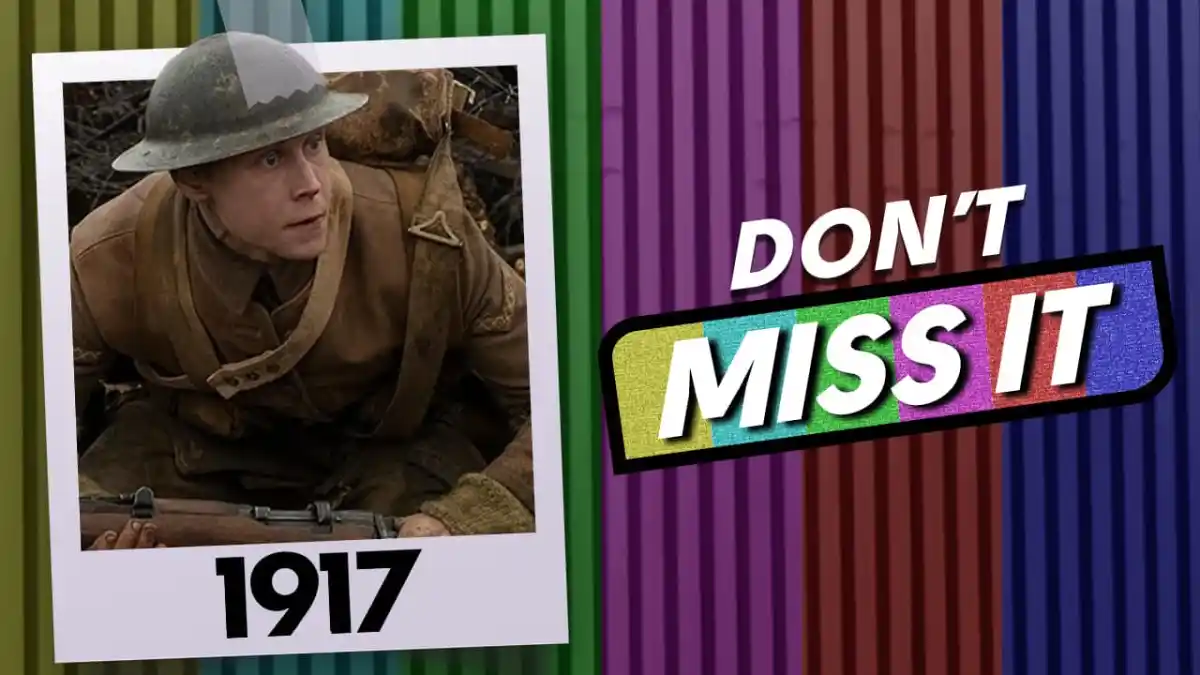1917 is a propulsive and pounding cinematic experience — an immersive gaze into the abyss.
1917 picked up both Best Director and Best Dramatic Motion Picture at the Golden Globes last weekend, causing a minor upset for presumptive winner The Irishman. While the Golden Globes are hardly a reliable indicator of Academy Awards success, many observers interpreted the win as a direct rebuke of Netflix by the Hollywood Foreign Press Association.
This makes a certain amount of sense. In contrast to the hybridized home media experience offered by Netflix, even with its concessions to theatrical distribution for The Irishman, 1917 is a pure old-fashioned cinematic experience. It is a film that celebrates a very traditional idea of what cinema is: a thing best experienced on the biggest screen possible with the most immersive sound system.
1917 takes its cues from a recent awards darling — Christopher Nolan’s 2017 Dunkirk. This makes a great deal of sense, as director Sam Mendes has never been shy about drawing influence from Nolan’s filmmaking — there is an argument to be made that Mendes’ hybridization of The Dark Knight and Inception in Skyfall rendered the prospect of a Nolan-directed Bond movie largely redundant.
However, Mendes distinguishes 1917 from Dunkirk. While Nolan pared down the narrative of Dunkirk, eschewing exposition and cliché in favor of anxiety and dread, Mendes builds the narrative of 1917 around stock war movie conventions. Lance Corporals Schofield (George MacKay) and Blake (Dean-Charles Chapman) are men on a life-or-death mission, with families waiting at home.

As the title suggests, it is 1917. The First World War rages across Europe. Allied High Command has discovered that Colonel MacKenzie (Benedict Cumberbatch) is going to lead his battalion of 1,600 men into a German ambush. The only hope is that Schofield and Blake can get new orders to him, saving over a thousand lives — including Blake’s brother. It is a race against time across the front.
The straightforward plotting of 1917 belies formal ambition. Working with frequent collaborator and Oscar-winning cinematographer Roger Deakins, Mendes has crafted 1917 so the entire film looks like a single extended take. (There is one obvious cut, give or take.) Obviously, this is an elaborate illusion — the longest individual take filmed was around eight and a half minutes — but an effective one.
The results are dizzying and disorienting in all of the right ways for a war movie. The long takes make the experience suffocating and overwhelming, while also allowing Mendes and Deakins to play with the audience’s perception of time and space in such a way that suggests the fundamental insanity of the backdrop against which the film unfolds.
Mendes has packed the cast with an impressive array of British and Irish character actors, including Colin Firth (The King’s Speech, Kingsman: The Secret Service), Mark Strong (Shazam!), Andrew Scott (Sherlock, Spectre), and Richard Madden (Game of Thrones). Even in small roles, these performers add texture to the world of the film.
However, Deakins’ cinematography is the real star here. 1917 presents its world like an impressionist painting, a world scarred and burned by the ravages of a war unlike any before. Schofield and Blake seem to drift through a haunted wasteland. 1917 is a striking piece of work, with some of its settings — such as a late adventure through the remains of an occupied village — remaining starkly beautiful.
There is a tendency to dismiss 1917 as a film that is more style than substance, to treat it as a work of technical craft rather than artistic merit. However, the beauty of 1917 lies in the way that the two intersect, with form and function flattering one another. Mendes’ narrative is perhaps overly familiar, but his eye is vivid. The film tells its stories in emotional and evocative terms.
1917 is an impressive film. It is also a tremendous cinematic experience.
1917 is now in wide release. If you’d like to read a bit more about it, I covered the film’s technique and craft for an “In the Frame” back in December.





